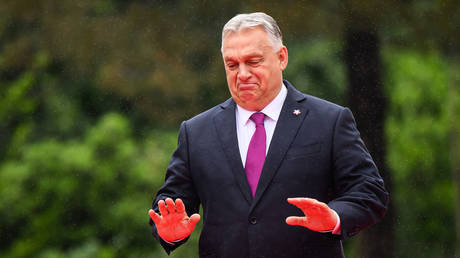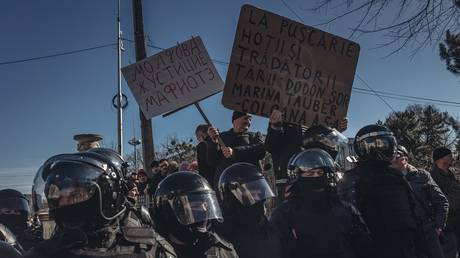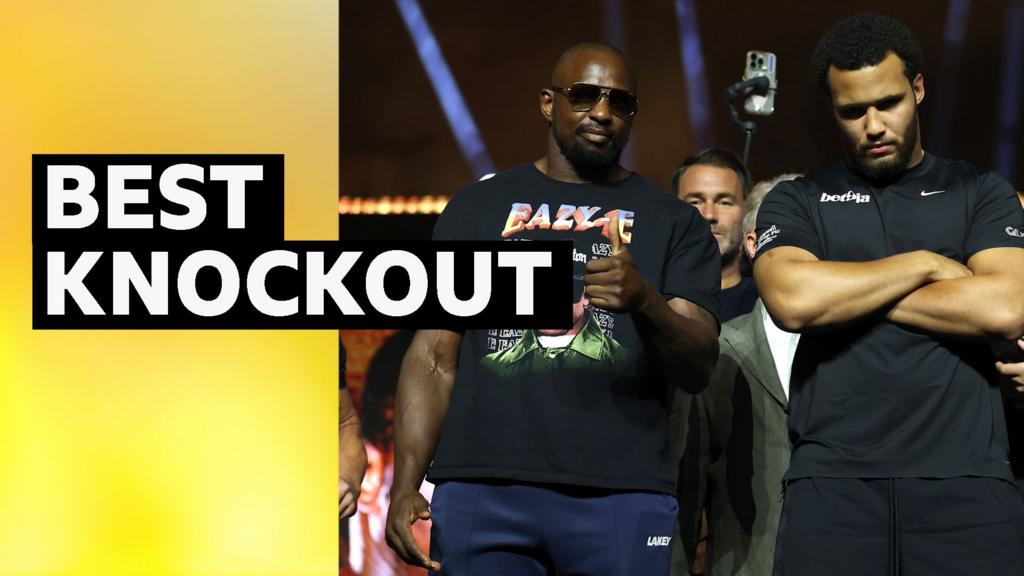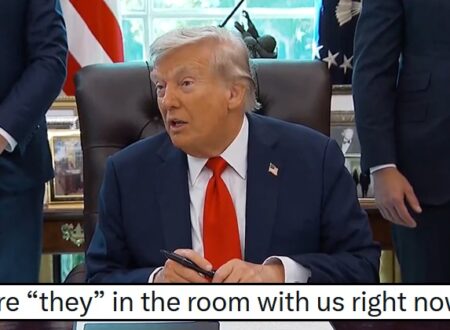Brands are using your inbox to get ready for a new wave of tariffs
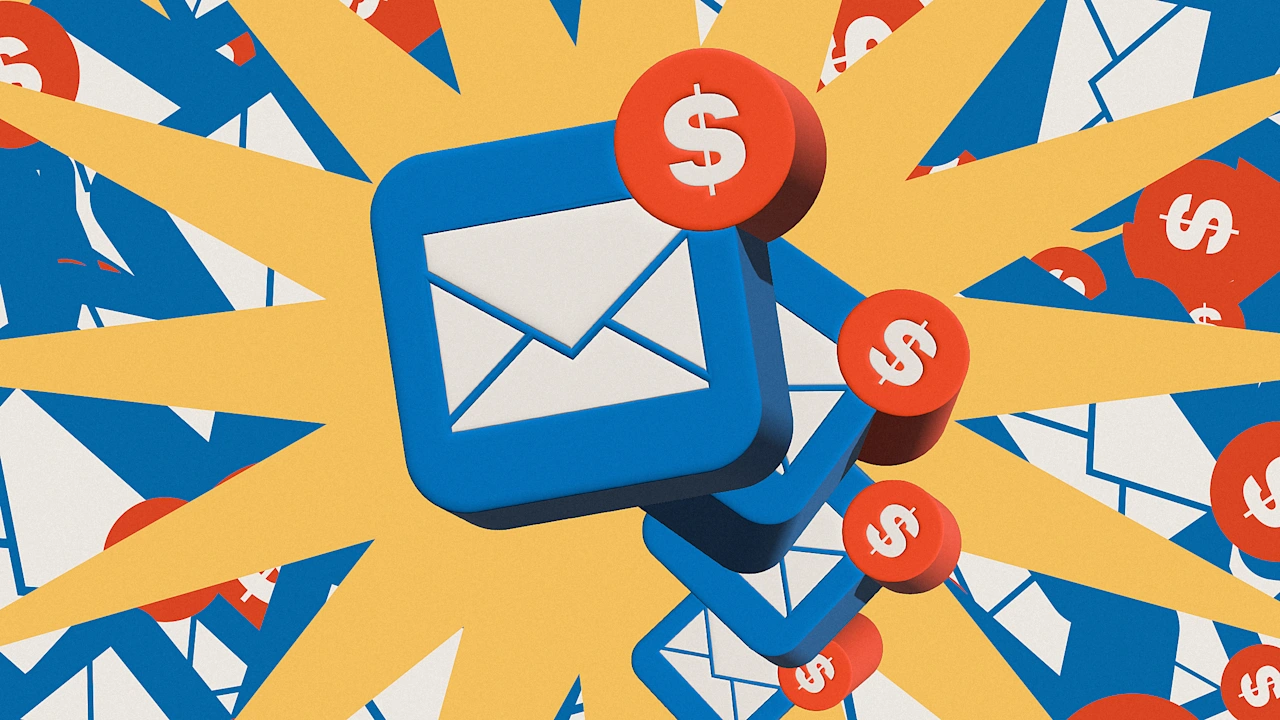
On August 21, customers of the luxury shoe brand Larroudé received an email urging them to “stock up, refresh your wardrobe, and secure timeless pieces” before tariffs drive up prices. The brand, like many others, is preparing for a new wave of President Trump’s tariff policies to take effect by August 29—and they’re relying on email marketing to keep their customers in the loop.
Brands that ship product into the U.S. are currently anticipating the end of the de minimis exception, a loophole that previously allowed imports with values of less than $800 to enter the country tax-free. Trump nixed the de minimis exception for Chinese imports back in May, but on August 29, every other country is expected to be cut off from the loophole.
The move will have major repercussions across industries. In an interview with CNN in May, Customs and Border Protection said that it processes nearly 4 million duty-free de minimis shipments a day. Already, some mail carriers are pausing U.S. shipments due to uncertainty around the upcoming changes.
Marina Larroudé, cofounder of her eponymous company, says she expects pricing to rise substantially across the brand’s SKUs after August 29. So Larroudé is having a site-wide sale this week and using email to keep customers up to date.
According to a new study from email marketing company Constant Contact, Larroudé’s strategy reflects a broader trend of brands turning to email marketing over the past several months to connect with customers in an unpredictable market.
How Larroudé is prepping for August 29
Larroudé manufactures all of its shoes in Brazil before shipping either directly to clients’ homes or to a warehouse in the U.S. When the de minimis exception is lifted, every Larroudé shipment worth more than $800 will be subject to the 50% tariff that is currently levied on Brazilian imports. Larroudé says that the company does plan to absorb much of these new costs, but some of it will need to be offset by the consumer—between 5% and 20%, depending on the product. Most of Larroudé’s inventory ranges from $200 to $500.
“The intention with the sale right now and offering like 30% on in-stock items is we wanted to offer the client a chance, if they’re thinking, Oh, I’m gonna shop this ballerina [flat] on September 1, it’s probably best if you shop it right now,” Larroudé says. “We want to be able to ship as many shoes out of Brazil as we can.”
After starting the sale and announcing the impending price hikes over email, Larroudé says the brand has seen a “definite” sales spike—especially considering that at this time of year customers would normally wait for Labor Day sales to make purchases.
Over the past several months, numerous other brands have relied on email marketing to loop in their biggest fans on impending tariff-related changes. In April, stocking brand Rachel informed customers over email that it would be removing a number of SKUs that relied on materials sourced or produced in China due to the scrapping of the de minimis exception and the then-145% tariffs on China.
“To put that into perspective: Our Tulip Ease Knit OTK Skirt, which currently retails for $78, would need to be priced at $191 just to cover the tariffs,” the email read. Today, that skirt is no longer available on Rachel’s website.
In May, pizza oven maker Ooni sent several emails to customers alerting them to upcoming price hikes. “Let’s get straight to the point: The prices of Ooni products will be increasing starting June 2nd,” one such message read. And on August 14, activewear company Girlfriend contacted customers to announce a major site-wide sale before price hikes related to the de minimis exception, similar to Larroudé.
“Since Girlfriend began, we’ve been proud to offer sustainable, earth-friendly clothing at comparable prices to nonsustainable brands,” the message read. “Unfortunately, on August 29th, the exemption on tariffs that made this possible is being removed, meaning we have to raise our prices to keep delivering the same quality our customers have come to love. It’s sad and frustrating.”
Why brands are turning to email marketing in 2025
According to an upcoming report from Constant Contact, email marketing has become a much more essential tool for small to midsize businesses (SMBs) in 2025. Per the report, 44% of SMBs polled said email was their most effective marketing channel—nearly double the response from 2024.
Further, 39% of businesses reported being negatively impacted by tariffs, with 75% of those noting that they’ve made some sort of change to their marketing tone in response, “whether it’s focusing on stability and transparency (34%), showing more caution (15%), or using humor/fun to connect with customers (12%).”
Despite these shifts, in July and August only 1% of nearly 2 million emails analyzed by Constant Contact mentioned tariffs directly. Still, according to Michael Wood, Constant Contact’s manager of North American communications, email marketing has clearly served a more central role this year as businesses navigate customer transparency in the era of constant economic whiplash.
“Overall, we’re seeing SMBs double down on marketing, especially email, as they navigate external pressures this year,” Wood says. “They’re using it to stay close to customers and keep communication lines open.”
For Larroudé, which ships more than 1,000 units per day, email messaging is an important way to make sure that repeat customers understand the corner that her business has been backed into by rising tariffs.
“We don’t want to raise prices, but we will have to,” she says. “So we try to be as transparent as we can. We have a lot of very loyal clients, and very high repeat clients, and this is our way to be like, ‘Listen, shop at a better price while you can.’ It’s just a reality that not only Larroudé but all brands globally will face.”
What's Your Reaction?
 Like
0
Like
0
 Dislike
0
Dislike
0
 Love
0
Love
0
 Funny
0
Funny
0
 Angry
0
Angry
0
 Sad
0
Sad
0
 Wow
0
Wow
0




